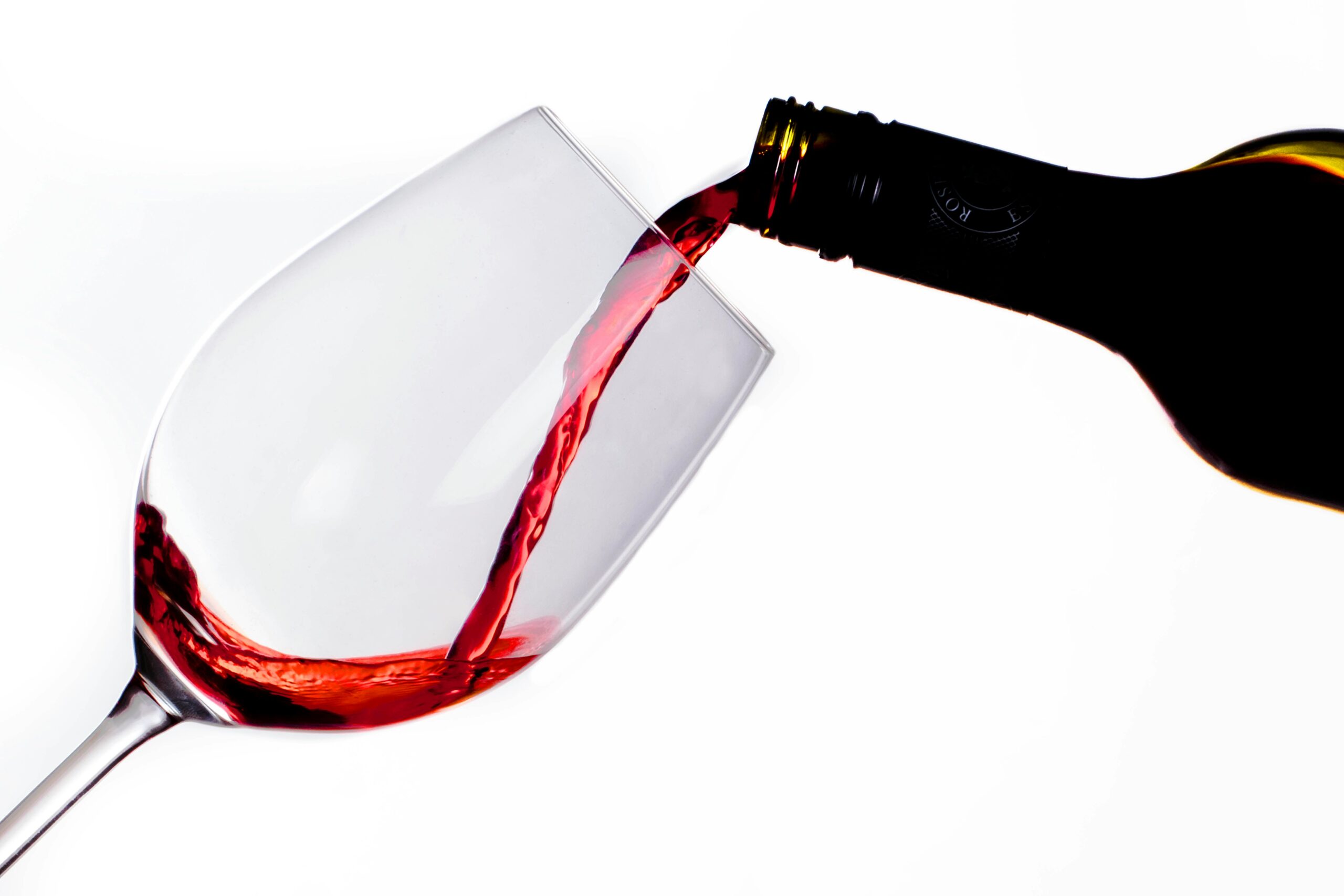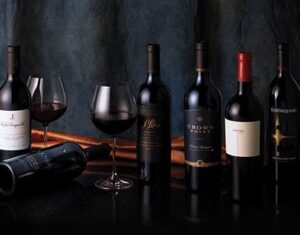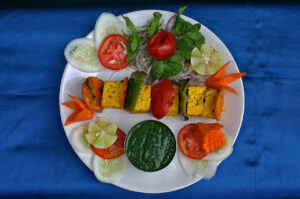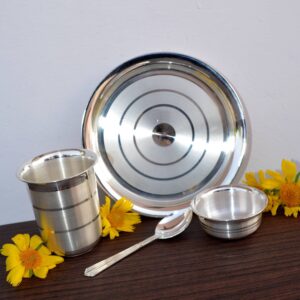Introduction:
Wine, with its nuanced tastes and centuries-old traditions, has captivated both connoisseurs and enthusiasts for years.Among the many wines available worldwide, Sula red wine stands out as a symbol of excellence and innovation. Sula red wine comes from the sun-kissed vineyards of Nashik, India, and exemplifies the right balance of Old World winemaking skills and New World inventiveness.This essay will cover Sula red wine’s origins, taste attributes, and cultural significance.
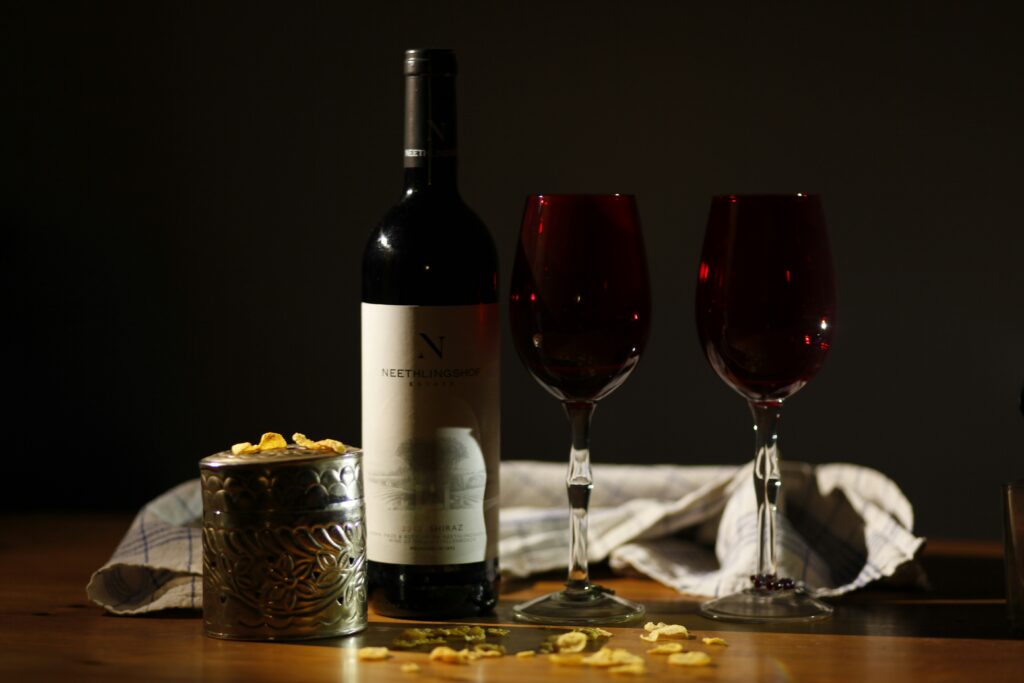
The legacy of Sula Vineyards:
Rajeev Samant launched Sula Vineyards in 1999, pioneering the wine sector in India. Sula Vineyards, located in Nashik Valley, Maharashtra, has the ideal terroir for grape growth due to its volcanic soil, enough sunshine, and cool environment, resulting in high-quality wine grapes.
Sula’s sustainable viticulture practices improve wine quality while protecting the environment for future generations.Sula Vineyards is recognised by both environmentalists and wine connoisseurs for its responsible winemaking practices, including rainwater harvesting, organic farming, and biodiversity conservation.
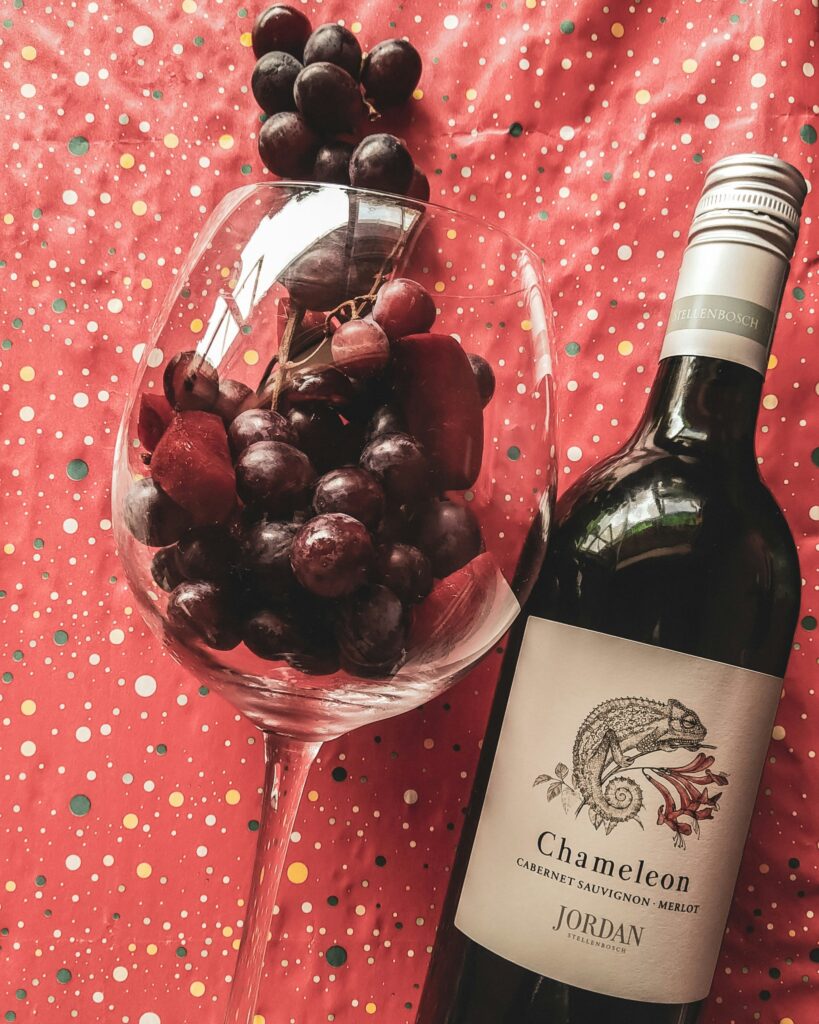
Exploring Sula Red Wine:
Sula Red wine produces a variety of red wines that reflect the unique qualities of the grape varietals and geography.Sula offers a diverse range of red wines, including strong Cabernet Sauvignon and silky Shiraz.
Sula Cabernet Shiraz is a powerful and expressive blend of Cabernet Sauvignon and Shiraz.Sula Cabernet Shiraz, with its rich berry flavours, delicate wood aromas, and silky tannins, pairs well with heavy meals and cosy evenings.
Sula Rasa Cabernet Sauvignon, made from handpicked fruit, exudes elegance and sophistication. The wine has rich scents of blackcurrant, vanilla, and dark chocolate, followed by a palate of juicy cherries and silky tannins, and a long, lingering finish.
Sula Dindori Reserve Shiraz, named after the scenic Dindori district in Nashik Valley, is the peak of Sula’s winemaking prowess.Sula Dindori Reserve Shiraz’s rich scent of black pepper, cherry, and licorice creates a memorable sensory experience.
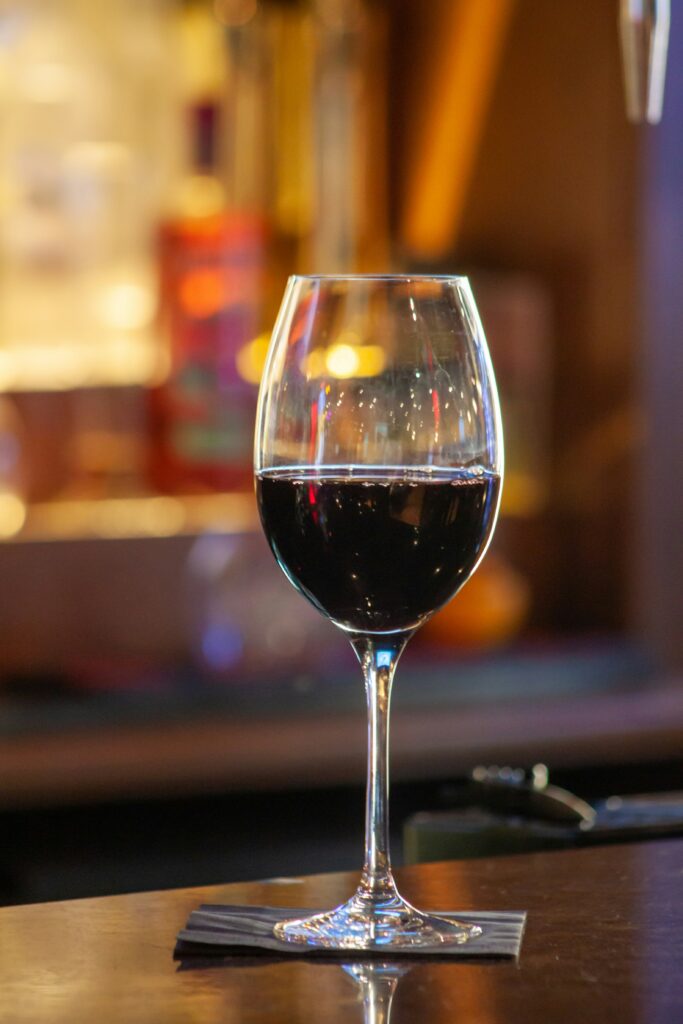
The Cultural Significance:
Sula red wine has a unique cultural significance in India, in addition to its excellent flavour and craftsmanship. In a country where wine consumption was previously limited, Sula was instrumental in popularising wine and altering the culinary environment. Today, Sula red wine is more than just a beverage; it represents celebration, refinement, and joie de vivre.
Sula Red Wine Benefits
Sula Red Wine, like other red wines, offers several potential health benefits when consumed in moderation. Here are some of the benefits:
- Rich in Antioxidants
Red wine contains antioxidants such as flavonoids and resveratrol, which can help protect your cells from damage caused by free radicals. - Heart Health
Moderate consumption of red wine has been linked to improved heart health. Resveratrol in red wine can help reduce bad cholesterol (LDL) and increase good cholesterol (HDL), potentially lowering the risk of heart disease. - Anti-Inflammatory Properties
Resveratrol has anti-inflammatory properties that may help reduce inflammation in the body, which is associated with a variety of chronic diseases. - Improved Longevity
Some studies suggest that the compounds in red wine might promote longevity by mimicking some of the benefits of calorie restriction, a diet that has been shown to extend lifespan in some animals. - Mental Health
Moderate red wine consumption has been associated with a lower risk of depression. The social and relaxing aspects of enjoying a glass of wine may also contribute to this effect. - Gut Health
Polyphenols in red wine can act as prebiotics, substances that stimulate the growth of beneficial bacteria in the gut. - Reduced Risk of Certain Cancers
There is some evidence that resveratrol and other antioxidants in red wine might reduce the risk of certain cancers by inhibiting the growth of cancer cells. - Blood Sugar Control
Resveratrol has been shown to improve sensitivity to insulin and help regulate blood sugar levels, which could be beneficial for people with or at risk of diabetes. - Skin Health
The antioxidants in red wine can help protect the skin from aging and damage caused by UV rays and pollution.

Moderation is Key
It’s important to note that these benefits are associated with moderate consumption of red wine, which is typically defined as one glass per day for women and up to two glasses per day for men. Excessive alcohol consumption can have serious negative health effects, including liver disease, addiction, and an increased risk of certain cancers.
Sula Red Wine Specifics
Sula Vineyards is one of India’s most popular wineries, known for its wide variety of wines. While the specific benefits of Sula Red Wine would align with those of other red wines, the quality and specific blend of grapes used can influence the levels of beneficial compounds.
Snacks Pairing With Sula Red Wine
Pairing snacks with Sula Red Wine can enhance the wine-tasting experience by complementing its flavors. Here are some snack ideas that go well with different types of Sula Red Wine:
Sula Shiraz
Characteristics: Rich, full-bodied, with notes of dark berries and spices.
Snack Pairings:
- Spicy Meats: Salami, chorizo, or pepperoni.
- Aged Cheeses: Cheddar, Gouda, or blue cheese.
- Dark Chocolate: The bitterness complements the wine’s robust flavor.
- Roasted Nuts: Almonds, cashews, or mixed nuts with a hint of spice.
Sula Zinfandel
Characteristics: Fruity, with flavors of berries and hints of pepper and spice.
Snack Pairings:
- BBQ Snacks: BBQ chips, pork sliders, or grilled chicken skewers.
- Medium Cheeses: Manchego, Monterey Jack, or mild cheddar.
- Dried Fruits: Apricots, cranberries, or figs.
- Savory Pastries: Empanadas or puff pastry snacks.
Sula Cabernet Sauvignon
Characteristics: Bold, with rich flavors of blackcurrant, cedar, and spices.
Snack Pairings:
- Red Meats: Beef sliders, lamb kebabs, or steak bites.
- Hard Cheeses: Parmesan, aged cheddar, or Asiago.
- Dark Chocolate: High cocoa content chocolate for a bitter-sweet contrast.
- Stuffed Mushrooms: Filled with cheese and herbs.
Sula Rasa Shiraz
Characteristics: Premium, with complex layers of dark fruit, oak, and spices.
Snack Pairings:
- Gourmet Meats: Prosciutto, bresaola, or smoked sausage.
- Artisanal Cheeses: Camembert, aged Gouda, or Brie.
- Olives: Marinated olives with herbs.
- Tapenade: Olive tapenade on crusty bread.
Sula Dindori Reserve Shiraz
Characteristics: Intense, with notes of plum, blackberry, and spices, often aged in oak.
Snack Pairings:
- Grilled Meats: Lamb chops, grilled sausages, or beef satay.
- Rich Cheeses: Stilton, Roquefort, or aged Gruyere.
- Spiced Nuts: Nuts roasted with herbs and spices.
- Charcuterie Board: A mix of meats, cheeses, olives, and crackers.
General Pairing Tips:
- Balance Flavors: Match the intensity of the wine with the intensity of the food. Bold wines go well with strong flavors, while lighter wines pair better with milder snacks.
- Contrast and Complement: Think about flavors that either contrast with or complement the wine. For example, salty snacks can balance the sweetness of a fruity wine.
- Texture Matters: Consider the texture of the snack. Crunchy and creamy snacks can provide a pleasant contrast to the smoothness of the wine.
Experiment with different combinations to find your perfect pairing and enjoy the enhanced flavors of both the wine and the snacks.
Click here for Top Wine Brands in India
Conclusion:
In conclusion, Sula red wine exemplifies innovation and expertise in winemaking. From humble beginnings in Nashik Valley to global prominence, Sula Vineyards has transformed the Indian wine industry and continues to inspire wine lovers all over the world. Whether paired with a gourmet meal or shared with friends, Sula red wine inspires us to savour life’s moments with elegance and grace. Cheers to the richness of Sula red wine, a true representation of love, tradition, and terroir.

(FAQ) Red Wine Food Pairing
1. What is food pairing with red wine?
The practice of matching different kinds of red wine with foods that go well together to enhance the dining experience is known as red wine meal pairing. You can generate harmonious flavour profiles that improve the taste experiences of the wine and the meal by selecting the right wine and food pairing.
2. What is the best red wine to go with a specific dish?
Take into account the flavour profile, body, and intensity of the wine and the meal when selecting a red wine for a certain dish.For instance, rich foods like grilled steak go well with powerful red wines like Cabernet Sauvignon, while delicate dishes like salmon or roasted chicken mix well with lighter red wines like Pinot Noir.
3. Are there any general standards for red wine food pairing?
While there are no formal laws for red wine food matching, there are some general principles to follow. Match the intensity of the wine to the intensity of the food, take into account the cooking method and flavours of the dish, and seek for balance between the two.
4. Can red wine be paired with seafood or vegetarian meals?
Yes, red wine can be combined with seafood and vegetarian dishes, but it is critical to select lighter-bodied red wines with gentler tannins to avoid overpowering the delicate flavours of the seafood or vegetables. For shellfish, choose Pinot Noir or Gamay, while Merlot or Grenache are appropriate for vegetarian diets.
5. Should I always serve red wine with meat dishes?
Red wine is commonly linked with meat meals, but it can also be combined with cheese, pasta, and even some sweets. Experiment with numerous combinations to learn about your unique tastes and the diversity of red wine food pairing.
6. What traditional red wine and food combos should I try?
Cabernet Sauvignon pairs well with steak, Merlot with roasted chicken, Pinot Noir with salmon, Syrah/Shiraz with barbecue, and Malbec with grilled meats. These pairings are popular for a reason: they highlight the complementing flavours and textures of the wine and food.
7. How can I find out more about matching foods with red wine?
Consider going to wine tastings, reading books or articles about the topic, or enrolling in online classes or seminars to learn more about combining red wine with food. You can also learn to love new flavours and expand your palette by trying out different pairings at home and recording your experiences in a notebook.
8. Is it possible to match spicy food with red wine?
Yes, red wine goes well with spicy food, but to counteract the heat, choose wines with softer tannins and lower alcohol level. Seek out fruity, slightly sweet wines, like off-dry Riesling, Zinfandel, or Beaujolais, to balance the dish’s spice without overpowering your taste buds.
9. Are there any red wines that aren’t good with particular kinds of food?
Although a broad variety of foods can be combined with most red wines, some pairings may not be as successful because of competing flavours or textures. For instance, full-bodied red wines like Cabernet Sauvignon may overpower lighter items like salads or shellfish, while lighter-bodied red wines like Pinot Noir may not go well with highly spiced or deeply flavoured dishes.
10. Is there a specific order in which I should serve red wine and food during a meal?
In general, lighter-bodied red wines should be served first, followed by richer, more substantial courses. However, there are no hard and fast rules, and you can change the order depending on your particular preferences and the overall flow of the dinner.
